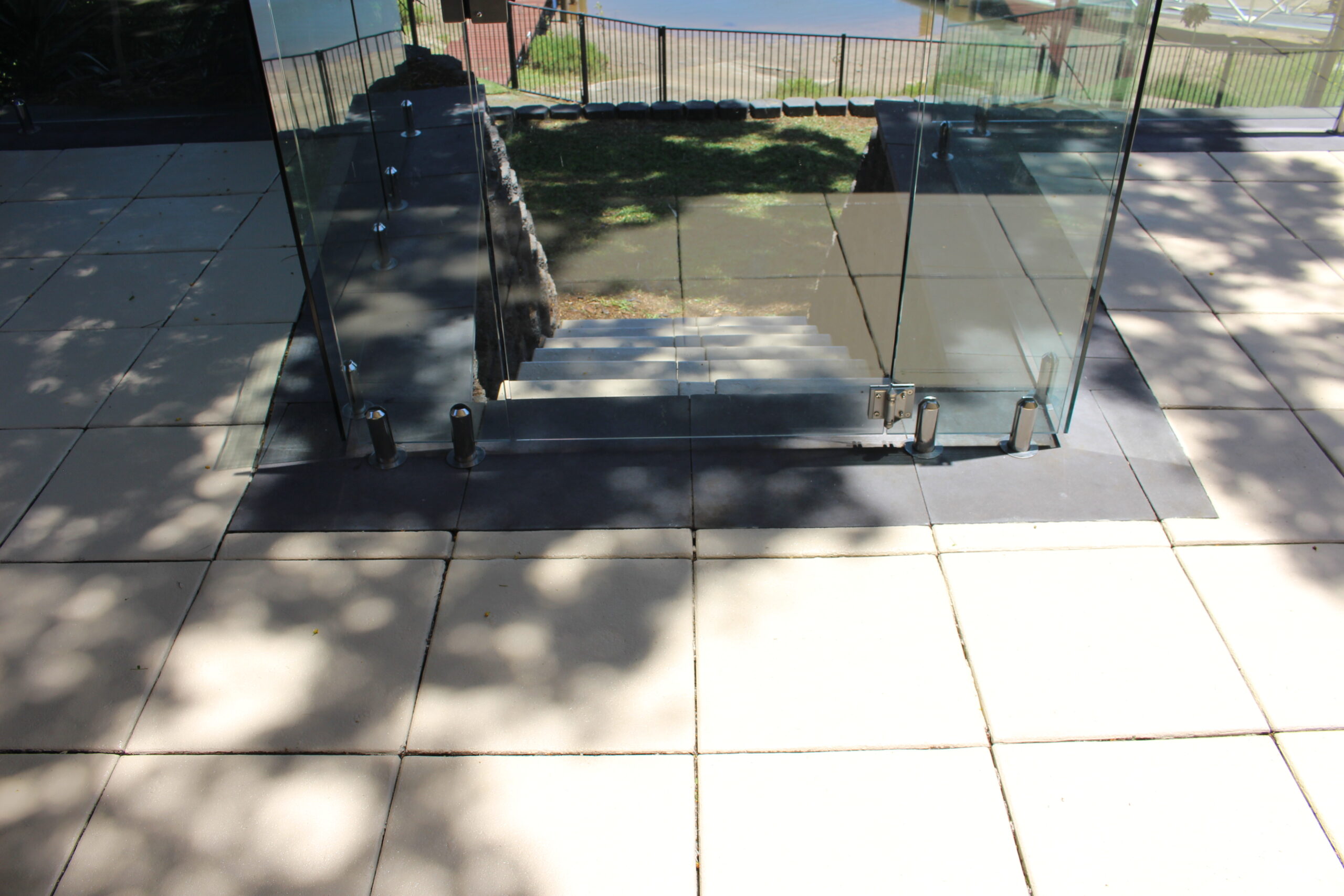Look, I get it. Ripping up old tiles seems like the kind of job you can smash out over a weekend with a jackhammer, a few mates, and a case of beers. And sometimes — if you’re lucky — it goes that way.
But more often than not, DIY tile removal turns into one of those “what the hell were we thinking?” jobs. Sore backs, clouds of dust, chipped slabs, and glue that just won’t budge.
If you’re in the Gold Coast, Brisbane, Tweed, or Northern NSW and thinking about tackling tile removal yourself, here’s what you need to know before you swing a hammer.
Tools You’ll Need (And the Ones You’ll Probably Forget)
You’ll definitely need the basics:
- Demolition hammer or tile jackhammer
- Floor scraper
- Cold chisel and club hammer
- Heavy-duty gloves and steel caps
- Safety goggles and ear protection
- Dust mask (P2 or better)
But here’s what people forget:
- A serious dust control setup (we’ll come back to this)
- A floor grinder or concrete polisher for removing tile glue
- Industrial vac (not your Dyson, trust me)
- Wheelbarrows and buckets for rubble
- Drop sheets to protect doorways, furniture and anything you don’t want covered in dust
DIY tile removal is loud, messy, and exhausting — so be honest with yourself before diving in.
Tile Glue Is the Real Villain
You might think the tiles are the problem. They’re not. The glue underneath is the real beast.
Some tiles pop off easily — especially if they’re old or water-damaged. But the adhesive (or tile bed) left behind is where DIYers get stuck. It’s often rock-hard, patchy, and bonded tight to the slab.
You can’t just chip it off with a scraper and hope for the best. If you leave glue behind, your new floor won’t bond properly — whether you’re laying timber, vinyl, or resurfacing the concrete.
This is where a concrete grinder comes in. It flattens everything back to a clean, level base — but hiring one (and knowing how to use it without gouging your slab) is no walk in the park.
Why Dust Control Matters More Than You Think
Here’s something most people don’t realise until it’s too late: tile removal creates an insane amount of fine dust.
We’re talking:
- Silica dust from tiles and adhesives
- Concrete dust from grinding
- Airborne particles that settle into every vent, light fitting, cupboard and couch
And that’s not just annoying — it can be harmful to your health.
At Condec, we use dustless systems and industrial-grade extraction units to keep this stuff contained. DIY setups usually don’t come close, and your vacuum will probably die trying.
If you’ve got kids, pets, or asthma in the house — or just don’t want to spend the next six months finding dust in your toaster — this is one of those jobs worth outsourcing.
When DIY Tile Removal Becomes Dangerous
Sometimes, it’s not just back-breaking — it’s genuinely risky. Here’s when I’d say stop and call a pro:
🚫 You’re dealing with asbestos sheeting or old vinyl tiles
🚫 The slab starts to chip or crack underneath
🚫 You hit unexpected water damage or mould
🚫 The job’s larger than 10–15m² and inside a lived-in home
🚫 You don’t have proper dust control
We’ve been called in more times than I can count to fix DIY tile removals that went south — and by that point, it’s usually more expensive than if we’d done it from the start.
My Honest Take
If you’ve got a small tiled laundry or patio you want to tackle as a weekend project, go for it. Just know what you’re in for — and don’t skip the prep or safety gear.
But if it’s a big job, indoors, or you’re laying new flooring over it soon, do yourself (and your back) a favour and get it done properly.
We handle tile removal and floor stripping all over the Gold Coast, Brisbane, Tweed, and Northern NSW — with fast turnarounds, clean sites, and no mess left behind.

